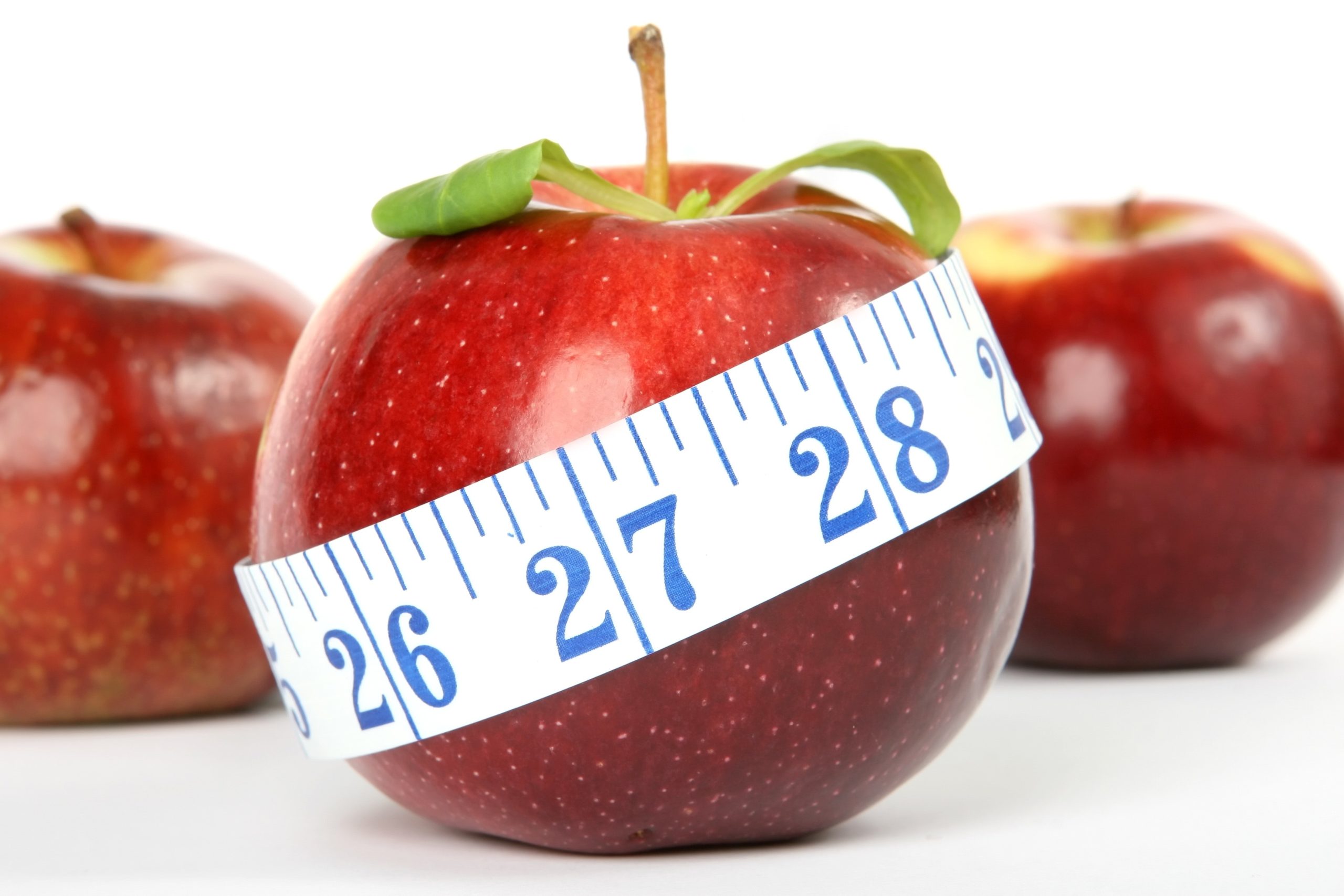
How am I ever going to lose 10, 20, 30 or more pounds? Losing weight is a fairly simple mathematical equation—calories burned minus calories consumed. Calories are a measure of energy. The more energy you use the more calories you need to fuel your body and conversely, the less energy you use the less fuel your body needs to operate. So, in a sense, one could choose Bariatric surgery, wire their jaw shut, or eat only grapefruit and lose weight.
But is losing weight the real goal? Granted if we lose weight we will probably have better health numbers and being overweight or obese is a leading indicator for Prediabetes, Diabetes, Cancer, Heart Disease…. So, in real sense losing weight is important. I would contend that when we say we would like to lose weight or need to lose weight, we are really saying, we need to be healthier. And for the most part if we are skinnier, we would be healthier.
Perhaps we could amend the question by saying, “We need to lose 10lbs, so we will be healthier.” That is a good reason to lose weight. And if you read last week’s newsletter, “To Serve or Be Served” you will remember that Americans and the world are not on a healthy trendline. Which means that the healthier folks are going to have to serve a lot more folks who are unhealthy.
But why is it so hard to lose weight so we can be healthy? I have been wrestling with that question for years. I know that I “bought” into eating the organic version of the Standard American Diet AKA SAD, but it was only minorly better than the nonorganic version of the Standard American Diet. It wasn’t until last October that I finally understood the forces that were at work to prevent me from being healthier. I picked up a copy of the book Brightline Eating by Susan Pierce Thompson. She explained why so many of us struggle with weight loss and how you can win with food.
Is Brightline perfect for everyone? Mostly. I do believe that the information, tools and strategies are helpful and have helped me lose 25 pounds and keep them off through the Holiday Gauntlet of Halloween, Thanksgiving, Christmas, New Years, Valentine’s Day, Easter and numerous birthday celebrations.
Having the science behind why it can be so hard to lose weight and get healthy was invaluable and then having a strategy to eat the right amount of food and the right foods was essential. Without a food plan/strategy it is almost impossible to compete with Grocery Manufacturers of America and their advertising campaigns. The GMA is not concerned about your health, they are concerned about the health of their bottom line.
But we don’t have to play their game, we get to choose. I have a plan for my food and to be as healthy as possible as for as long as possible. My plan looks like vegetables, fruit, legumes, nuts and high-quality proteins—both plant and meat—plus drinking water and getting exercise. This is my strategy to get and remain healthy, and those extra 25lbs I lost were a nice perk!
Thank you,
Tristan Klesick
Farmer, Community Health Advocate
